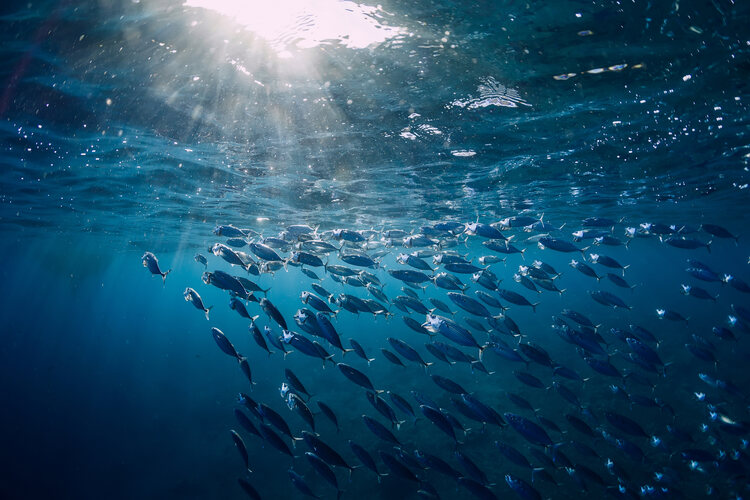
A Rutgers-led study brings hope for a reversal of oxygen loss in the Earth’s oceans due to climate change, spelling good news for the planet’s future
A new study analysing ocean sediment has shown that ocean oxygen levels in a key area were higher during the warm period of the Miocene – some 16 million years ago when the Earth’s temperature was warmer than it is now – suggesting that sea oxygen loss may reverse in the future.
The study, conducted by Rutgers and published in Nature journal, analysed oxygen levels in the Earth’s oceans, which in recent decades have been decreasing and raising concerns that oxygen-deficient zones in key parts of the world will expand and further harm marine life.
This decreasing trend of oxygen levels is attributed to rising temperatures due to climate change, which affects the amount of oxygen that can be absorbed by oceans from the atmosphere.
Related articles:
Oxygen-deficient zones have suffered the fastest rates of oxygen loss in recent decades, and are expected to become shallower, shrinking fish habitats and threatening fisheries. However, beyond 2100, climate models diverge in their predictions of how these oxygen-deficient zones will respond, inspiring the team to investigate more into the potential to reverse oxygen loss.
‘Our study shows that the eastern equatorial Pacific, which today is home to the largest oxygen-deficient zone in the oceans, was well oxygenated during the Miocene warm period, despite the fact that global temperatures at that time were higher than at present,’ said Anya Hess, lead author of the study and a Rutgers doctoral student.
‘This suggests that current oxygen loss may ultimately reverse,’ Hess added.

To see if oxygen loss could reverse, researchers chose the mid-Miocene to test current climate models due to the similar climate conditions that the epoch possessed to those which are predicted on Earth in the next few centuries. Ocean sediments were recovered from the seafloor by scientists aboard the National Science Foundation-funded research vessel JOIDES Resolution, part of what is now known as the International Ocean Discovery Program (IODP).
Researchers were able to isolate the fossilised remains of microorganisms the size of individual grains of sand that live in the water column called foraminifera. By analysing the chemical composition of the foraminifera, the chemical profile of the ancient ocean could be reflected. Oxygen levels were discerned in several ways, such as the use of nitrogen isotopes (forms of the element that have a different relative atomic) as detectors.
These isotopes are sensitive to denitrification, a process that only occurs at very low oxygen levels. Researchers also utilised an analytical method which compares levels of iodine and calcium to give subtle readings that can differentiate between well-oxygenated and moderately well-oxygenated conditions, in order to understand if oxygen loss in oceans can reverse.
These methods showed that the area was well oxygenated during the peak of Miocene warmth, and approached modern-day levels seen in the open-ocean South Pacific.
‘These results were unexpected and suggest that the solubility-driven loss of oxygen that has occurred in recent decades is not the end of the story for oxygen’s response to climate change,’ said Yair Rosenthal, Distinguished Professor focused on Marine and Earth Sciences with the Rutgers School of Art and Sciences and the School of Environmental and Biological Sciences.
The complete paper ‘A well-oxygenated eastern tropical Pacific during the warm Miocene’ by Hess AV et al, is published (paywalled) in Nature
- Orca attacking adult whale shark to eat its liver - 3 August 2023
- ‘The Deepest Breath’ freediving documentary on Netflixnow - 28 July 2023
- Freediver bitten by oceanic whitetip shark - 27 July 2023


